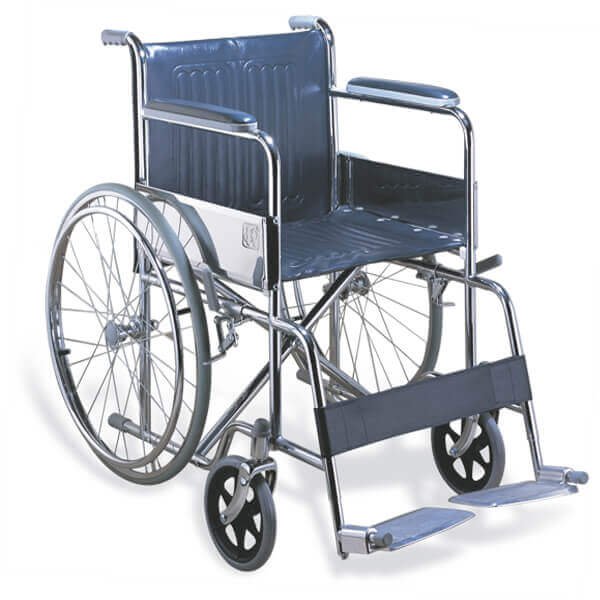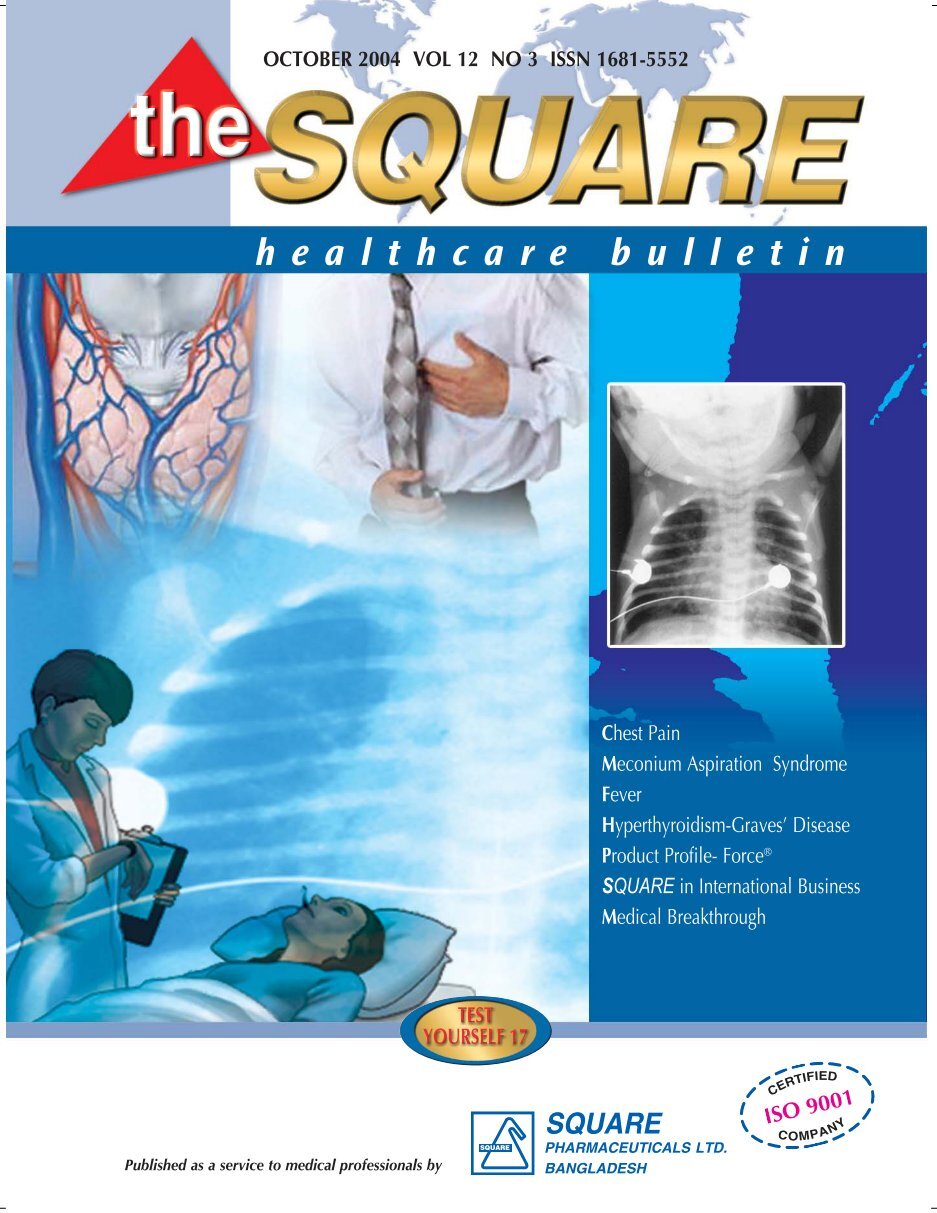Wheelchair: A Gateway to Independence and Improved Quality of Life

Abstract: Wheelchairs play a pivotal role in providing mobility and independence to individuals with limited or no ability to walk. This article explores the significance of wheelchairs as a source of hope and improved quality of life for people with mobility challenges. It discusses the benefits, types, and advancements in wheelchair technology, highlighting the transformative impact they have on individuals’ physical, psychological, and social well-being.
Introduction
The introduction section highlights the importance of wheelchairs in enabling individuals with mobility impairments to regain their independence and actively participate in society. It emphasizes the transformative nature of wheelchairs and the positive impact they have on individuals’ lives.
Enhancing Mobility and Independence
This section explores the ways in which wheelchairs enhance mobility and independence for individuals with mobility challenges. It discusses the freedom to move within and outside the home, engage in daily activities, and participate in social interactions. The section also emphasizes the psychological benefits of increased independence.
Improved Quality of Life
Wheelchairs have a significant impact on the overall quality of life for individuals with mobility impairments. This section discusses how wheelchairs contribute to increased comfort, reduced pain and fatigue, improved posture, and better physical health. It also explores the positive effects on mental well-being, self-esteem, and overall happiness.
Types of Wheelchairs
There are various types of wheelchairs available to cater to different mobility needs. This section discusses manual wheelchairs, powered wheelchairs, sports wheelchairs, and specialized wheelchairs for specific conditions. It highlights the importance of selecting the appropriate type of wheelchair based on individual requirements and preferences.
Advancements in Wheelchair Technology
Wheelchair technology has witnessed significant advancements, leading to improved functionality and comfort. This section explores innovations such as lightweight materials, ergonomic designs, advanced seating systems, and assistive technologies integrated into wheelchairs. It emphasizes how these advancements further enhance the user experience and functionality of wheelchairs.
Accessible Infrastructure and Inclusion
Ensuring accessible infrastructure and promoting inclusion are crucial for maximizing the benefits of wheelchairs. This section discusses the importance of creating barrier-free environments, accessible transportation, and inclusive design in public spaces. It also highlights the need for awareness and education to foster a society that embraces individuals who use wheelchairs.
Empowering Individuals and Breaking Barriers
Wheelchairs are not just mobility aids; they are instruments of empowerment. This section showcases inspiring stories of individuals whose lives have been transformed by wheelchairs, breaking barriers and achieving their goals. It emphasizes the importance of recognizing the abilities and potential of individuals with mobility challenges.
Conclusion
The article concludes by reiterating the significance of wheelchairs as a source of hope, independence, and improved quality of life. It highlights the need for continued advancements in wheelchair technology, accessibility, and social inclusion to ensure that individuals with mobility impairments can fully participate in society.
A wheelchair is one of the most widely used assistive devices. It is the only hope of life for people who are unable to walk and are suffering from knee problems. Wheelchair mobility opens up opportunities for its users to engage in daily family and social activities.

In addition to providing mobility, a suitable wheelchair improves users’ health and quality of life by helping to reduce common problems such as pressure sores and improving breathing and digestion.
What is a wheelchair?
Simple word wheelchair is a chair with wheels that is used by a person who is unable to walk due to age related disability.

People suffering from spinal cord injuries such as paraplegia, hemiplegia, quadriplegia, cerebral palsy, brain injury, osteogenesis imperfecta, motor neuron disease, multiple sclerosis, muscular dystrophy, spina bifida etc. use this chair.
History of Wheelchairs:
Modern standard wheelchairs are designed based on the so-called cross-frame design. Which in 1932 disabled American engineer Herbert A. Everest and invented by Harry C. Jennings.

Together, Everest and Jennings designed a cross brace to connect the two sides of the cross-frame wheelchair chair. Later they became one of the leading wheelchair manufacturers in the world.
Components of wheelchair:

The main components of a wheelchair are-
I. Tires,
II. wheel,
III. Axel,
IV. caster,
V. Footrest and
VI. Armrest
Wheelchair Accessories:
Additional components can be added to make the wheelchair more comfortable. These include-
cushion,
cup holder,
Seat belts, storage bags,
Lights and more.
A wheelchair user uses a seatbelt for safety. Some wheelchair users prefer to use seatbelts to ensure they never fall out of the wheelchair. Also many wheelchair users cannot sit upright on their own so use seatbelts.
Different types of wheelchairs:
Wheelchairs are manufactured in different formats to meet the specific needs of their users. But wheelchairs are basically of 2 types –
i. Manual wheelchair:
Manual wheelchairs are good and old fashioned. It is powered by muscle power. It is usually driven by pushing on circular bars surrounding the wheels. This wheelchair has handles at the back, so it can be easily maneuvered by another person.

A manual wheelchair is easy to maintain, lightweight and the least expensive to purchase. Most of the time this type of wheelchair is used in hospitals. There are different types of manual wheelchairs ranging from ultra-light to heavy. These are-
Ø Standard Wheelchairs
Ø Lightweight Wheelchairs
Ø Ultra-Lightweight Wheelchairs
Ø Bariatric Wheelchairs
Ø Transport Wheelchairs
Electric wheelchair:
Electric wheelchairs are powered by a motor and battery. It is operated with a joystick or push buttons. Some electric wheelchairs can climb up, go over gravel, and even climb up to provide access to high shelves.

Electric wheelchairs require a strong frame to support the motor and battery, so they are very heavy and expensive. This wheelchair is good for personal use.
Which wheelchair type is best?
If the wheelchair is suitable for the user and the user’s environment, it has a significant impact on the patient’s mind and health. Often also reduces the burden of care. The morale of the patient also increases a lot and they can lead a normal life. A suitable wheelchair can also help relieve pressure sores and other problems related to poor posture.
There are many types of wheelchairs available today and it can be difficult to sort out the prices and benefits of all the options to choose the best match. It is difficult to say which type of wheelchair is best. Which type of wheelchair is needed should be understood according to the condition and needs of the patient.
How to clean a wheelchair:
Wheelchairs should be taken special care after visiting a public place as they are often exposed to viral contamination.
Front and rear wheels:
Your wheelchair wheels are in direct contact with the ground and exposed to all kinds of germs. It is recommended to do a daily disinfection and cleaning routine. But before applying, make sure that the disinfectant is safe for use on your wheelchair. You can use soapy water and dry the seat thoroughly. Never turn off your electric wheelchair or leave it in direct contact with water.
Handles:
Handles are one of the main sources of infection in wheelchairs because they are usually in contact with many hands, thus facilitating virus transmission. For this reason, it is necessary to clean them with a sanitizer.
Armrest:
If possible, the armrests should be disinfected with one of the sanitizers.
Joystick and hand-rim:
While cleaning the wheelchair, we don’t forget to disinfect the joystick in case of electric wheelchair or the hand-rims in case of manual wheelchair. These two materials are in full contact with our hands and can harbor a lot of germs.
Cushion:
Both seat cushions and back cushions are in contact with our body and can collect sweat and bacteria. So if possible, disinfect with sanitizer and dry with a cloth.
Some good quality wheelchairs:
- Portable Folding Standard Comfortable Wheelchair KCWorld-809:

- Brand Name: KCWorld
- Place of Origin: China
- Material: steel frame
- Product Color: Black
- Product Weight: 14kg
- Size: Standard Size
- Weight Capacity: 180KG
2. Smart Foldable Electric Power Wheelchair:

- Lightweight And Portable.
- Foldable, Portable, And Easy To Store.
- Easy To Fit In Your Car Boot, Sturdy Construction.
- Flip-up Armrest With Adjustable Footrest And Footrest.
- Stable Quality Electric Wheelchair .
- Foldable Electric Wheelchair With Quick-detachable Battery.
- A Steel Or Aluminum Frame.
- A Power Chair with limited fund.
3.Wheel Chair Regular (Raxin Mix):
- cost-effective package.
- requires minimal maintenance.
- stylish and durable.
- waterproof.














